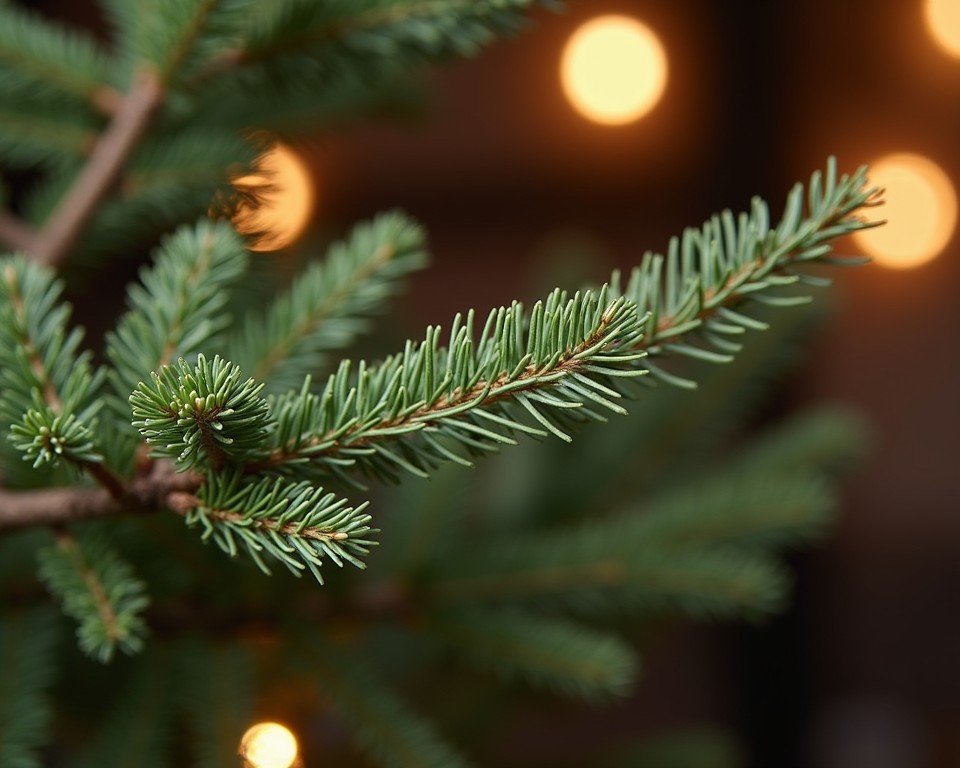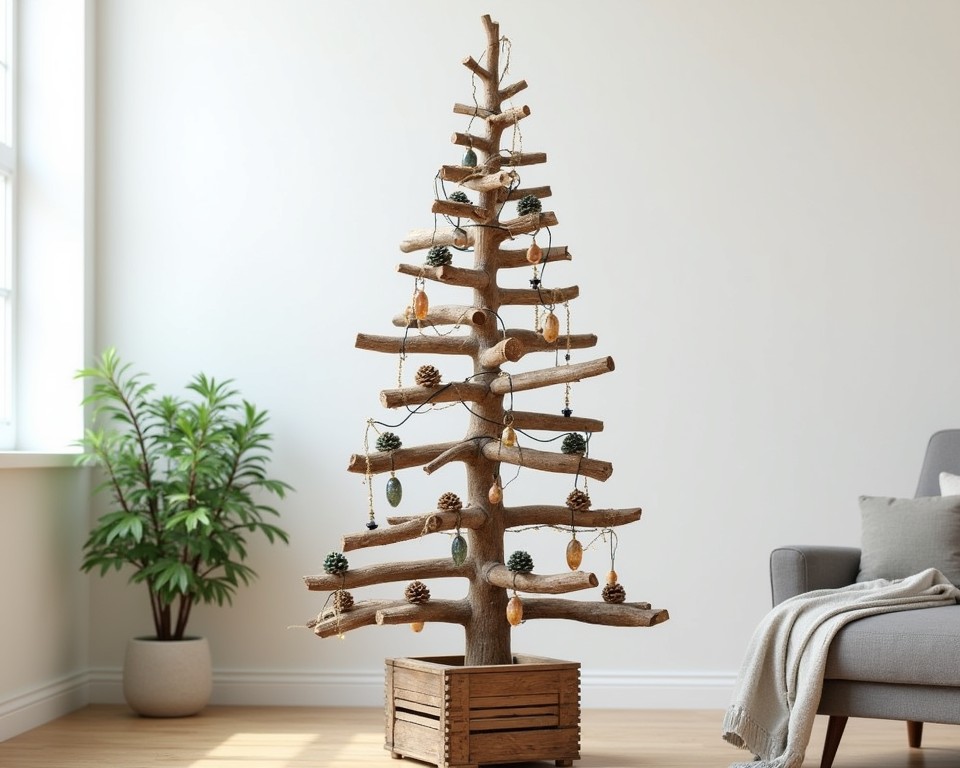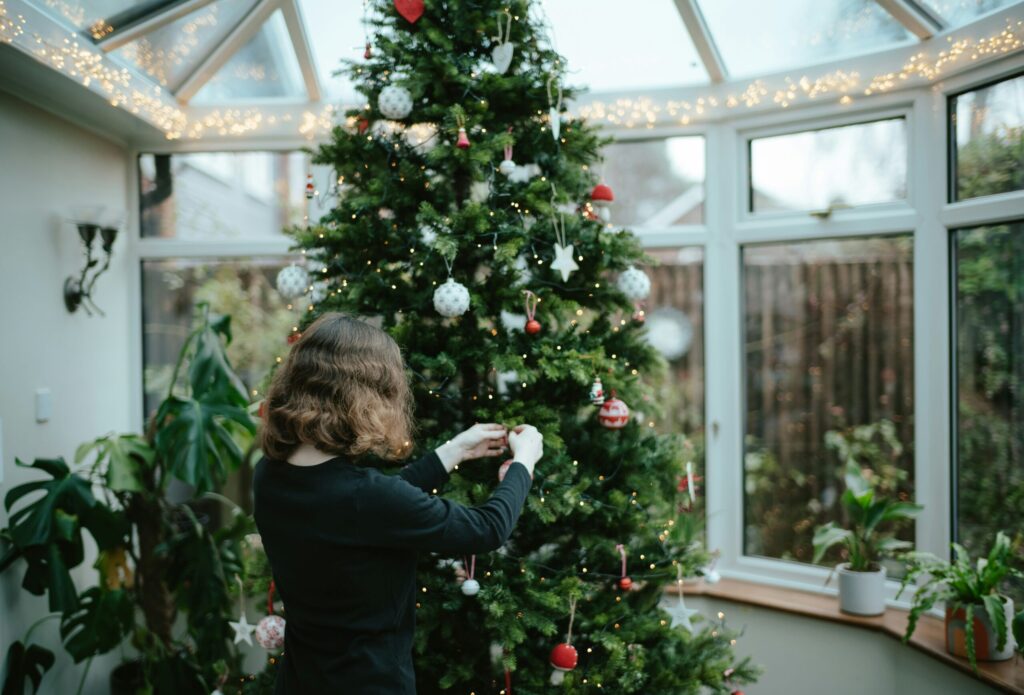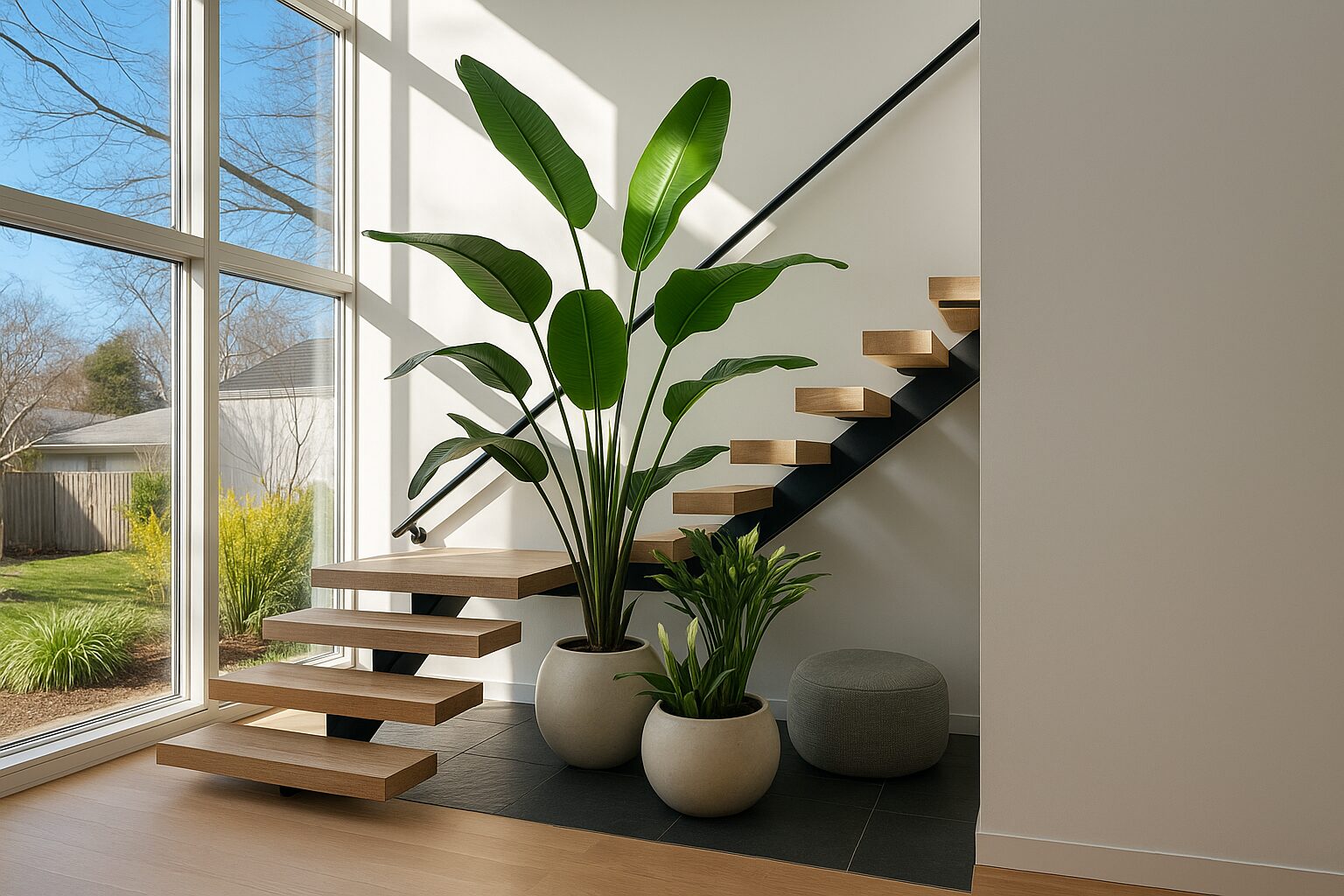Eco-friendly artificial trees are transforming the way we deck the halls. Imagine a tree that’s stunning, lasts for decades, and doesn’t burden the planet with guilt-inducing waste. A few years back, I faced a holiday conundrum: I adored the no-mess convenience of artificial trees but cringed at the thought of piling more plastic into landfills. Then I stumbled upon eco-friendly artificial trees—game-changers that blend sustainability with style. In this post, we’ll dive into what makes these trees special, how they stack up against traditional options, and why they might just be your next holiday must-have. Expect fresh insights, practical tips, and a peek into a greener festive future—all wrapped in a conversational bow.
What is an Eco-Friendly Artificial Tree?
An eco-friendly artificial tree isn’t your average faux fir. It’s crafted to slash environmental harm while mimicking the charm of a real tree. Traditional artificial trees lean on PVC (polyvinyl chloride), a plastic that’s cheap but a nightmare for the planet. Eco-friendly versions swap that out for smarter alternatives: recycled plastics, natural fibers like hemp or bamboo, or even reclaimed wood. Some are built to be recyclable or biodegradable when their twinkling days are done.
What sets them apart?
- Sustainable Materials: Think recycled PVC, polyethylene (PE), or natural goodies like sustainably sourced timber. For more on sustainable materials, check out our guide to sustainable house materials.
- Cleaner Production: Fewer toxic chemicals, meaning less pollution from factory to living room. The Environmental Protection Agency (EPA) highlights the importance of reducing manufacturing pollutants.
- Longevity: Designed to endure, cutting down on replacements.
Why care? Traditional trees can linger in landfills for centuries, leaching nasties like dioxins. Eco-friendly options sidestep that mess.
The Trouble with Traditional Artificial Trees
Let’s face it: traditional artificial trees have baggage. They’ve been holiday heroes for years—no needles, no watering, just unpack and enjoy. But peek behind the tinsel, and the story sours. Most are made from virgin PVC, a plastic that’s about as eco-friendly as a coal furnace.
Here’s the dirt:
- Landfill Cloggers: PVC doesn’t break down. Ever. The American Christmas Tree Association says the average artificial tree gets tossed after just six years. That’s a lot of eternal plastic piles.
- Toxic Trouble: Making and trashing PVC releases dioxins and phthalates—chemicals linked to health woes and environmental damage. The World Health Organization (WHO) warns about dioxin exposure.
- Short Shelf Life: Six to nine years might sound decent, but it’s peanuts compared to what eco-friendly trees offer.
I used to love the ease of my old artificial tree, but knowing it’d outlive me in a dump? That stung. There’s a better way.
What Makes an Artificial Tree Eco-Friendly?

Eco-friendly artificial trees flip the script. They’re not just about dodging PVC—they’re built with purpose. Here’s the how:
- Recycled Plastics: Brands like Balsam Hill use up to 80% recycled PVC or PE, slashing demand for new plastic. PE’s a win too—it’s easier to recycle.
- Natural Fibers: Think hemp, bamboo, or even driftwood. Some artisans craft bespoke trees from reclaimed branches, blending rustic vibes with green cred. Our organic gardening guide explores natural materials further.
- Biodegradable Breakthroughs: New bioplastics can decompose naturally, unlike their PVC cousins. ScienceDirect delves into these innovations.
- End-of-Life Plans: Companies like EcoTree offer take-back programs, ensuring trees don’t just rot in a heap.
A Carbon Trust study suggests recycled-material trees can halve their carbon footprint. That’s a stat worth hanging an ornament on.
Traditional vs. Eco-Friendly Artificial Trees: A Side-by-Side Look
Let’s put these trees head-to-head in a table:
| Feature | Traditional Artificial Tree | Eco-Friendly Artificial Tree |
|---|---|---|
| Materials | Virgin PVC, non-recyclable | Recycled PVC/PE, natural fibers |
| Lifespan | 6-10 years | 10-20 years |
| Environmental Impact | High (landfill waste, toxins) | Low (recyclable, biodegradable options) |
| Cost | $100-$300 | $150-$400 |
Sure, eco-friendly trees might pinch your wallet more at first. But their staying power and planet-friendly perks? That’s where they shine. I’ve seen reclaimed wood trees that double as art—worth every penny.
Why Choose an Eco-Friendly Artificial Tree?
Switching isn’t just a tree-hugger’s flex—it’s a win all around. Here’s why:
- Planet Points: Less waste, lower emissions, and a boost for sustainable industries. A tree used for 10+ years beats a real tree’s footprint, per the American Christmas Tree Association.
- Health Boost: No pollen for allergy sufferers, and many skip toxic chemicals, keeping your air cleaner. The EPA emphasizes reducing indoor pollutants.
- Wallet-Friendly Long Game: Higher upfront cost, but fewer replacements mean savings over time.
- Style Factor: From sleek recycled PE to quirky driftwood designs, they’re conversation starters.
When I swapped my old tree for an eco-friendly one, it wasn’t just about the planet. The natural look fit my space like a glove, and knowing it wasn’t a chemical bomb? Priceless. For more eco-living inspo, peek at our eco-home guide.
How to Pick the Perfect Eco-Friendly Artificial Tree

Ready to shop? Here’s your checklist:
- Materials Matter: Go for recycled plastics, natural fibers, or biodegradable blends.
- Certifications: Look for labels like Forest Stewardship Council (FSC) if it’s wood-based.
- Brand Vibe: Pick companies with clear green goals—Balsam Hill and EcoTree are solid starts.
- Endgame: Can it be recycled? Does the maker take it back?
Feeling crafty? A DIY tree from reclaimed wood or fabric scraps is a quirky, green option. I once saw a neighbor turn old branches into a stunner—talk about a holiday flex. For more creative ideas, visit our eco-friendly decor guide.
Decorating Your Eco-Friendly Artificial Tree

A green tree deserves green bling. Try these:
- Natural Touches: Pinecones, dried citrus, or wooden stars—simple and stunning.
- Recycled Chic: Old fabric scraps or paper can become ornaments with a little creativity.
- LED Magic: Energy-saving lights that last longer than your tree might. Energy Star recommends LEDs for efficiency.
For more, our eco-friendly decor guide has you covered. Keep it minimal—the tree’s the star.
The Future of Artificial Trees
Artificial trees are getting a glow-up:
- Modular Marvels: Swap out branches or lights to refresh, not replace.
- Lab-Grown Goodies: Bioplastics from algae or fungi could ditch petroleum-based plastics entirely. Scientific American explores these breakthroughs.
- Smart Spruces: App-controlled LEDs that sip energy and dazzle on demand.
Picture a tree you tweak each year instead of trashing. That’s where we’re headed—a future as sustainable as it is festive. For more on future trends, see our lush sustainability guide.
Wrapping It Up
Eco-friendly artificial trees are more than a holiday hack—they’re a love letter to tradition and the planet. With sustainable materials, clever designs, and a feel-good vibe, they let you celebrate without the baggage. Whether it’s the lower carbon footprint, the health perks, or that one-of-a-kind reclaimed wood look, there’s a reason to switch that’ll click for you.
This season, why not go green? Dive into our zero-waste guide for more sustainable tips, or drop your eco-tree thoughts below. Let’s make holidays merry and mindful.
FAQ
Are eco-friendly artificial trees pricier?
Yep, usually 20-30% more upfront. But their 10-20-year lifespan often makes them cheaper long-term.
How long do they last?
Anywhere from 10 to 20 years, doubling or tripling traditional trees’ 6-10 years.
Can you recycle them?
Some, yes—especially those with recycled plastics or take-back programs. Check the brand’s policy.
Any health perks?
Big time. No pollen for allergies, and many dodge toxic chemicals, boosting indoor air quality.

